Hundreds of Key U.S. Warplanes Aren’t Ready for Combat, Government Report Finds
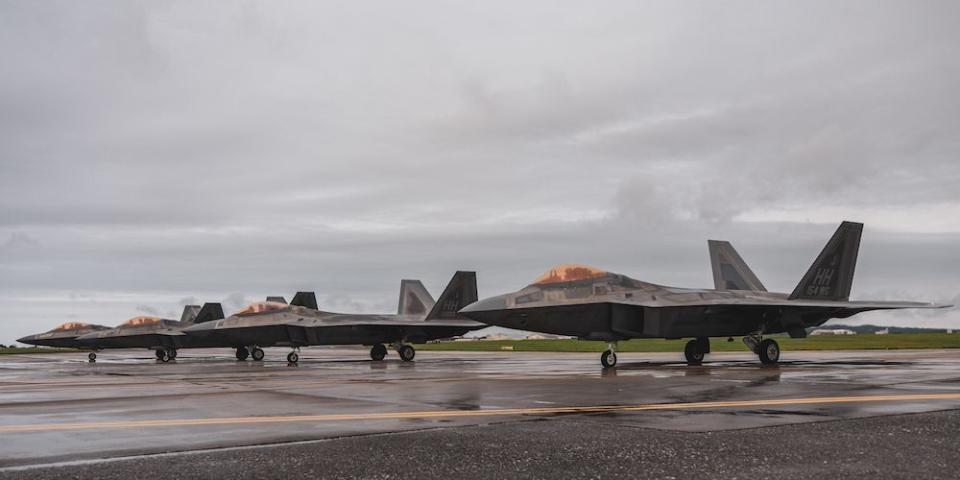
A new study highlights a distressing lack of mission-capable aircraft in the Pentagon’s inventory.
Conducted by the U.S. General Accountability Office (GAO), the study tracks readiness rates for vital American aircraft, including the F-22 Raptor.
Since 2015, aircraft readiness rates across all fleets fell, sometimes by double digits, leaving hundreds of planes incapable of carrying out their assigned missions.
The Pentagon’s vast fleet of military aircraft is a lot less powerful than it looks.
Or at least that’s the inescapable conclusion from a new report conducted by the U.S. General Accountability Office, a watchdog federal agency established to audit the rest of the federal government, including the Department of Defense. Of 186 F-22 Raptor fighters, only about 93 are ready to fly missions at any particular time, the report found. The numbers are equally dismal for other aircraft, including the Navy’s F/A-18E/F Super Hornet. In some aircraft fleets, including the B-1B bomber, there are more mission-ready planes than unready ones.
Titled Air Force and Navy Aviation: Actions Needed to Address Persistent Sustainment Risks, the report samples eight aircraft fleets Pentagon-wide and tracks their mission-capable readiness rates from fiscal years 2015 through 2021.
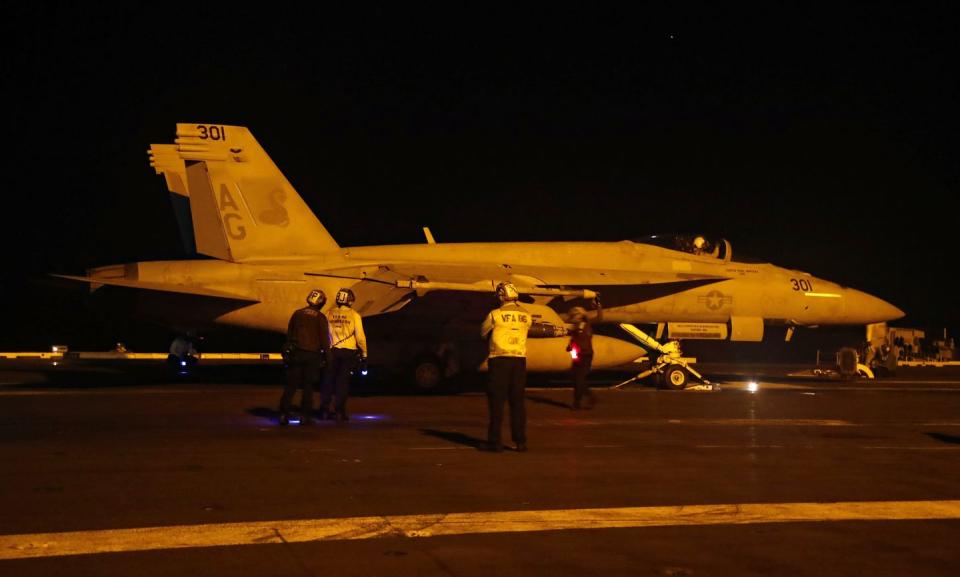
“Mission Capable” is defined as a status in which an aircraft type can conduct at least one—and potentially all—of its assigned missions. For example, an F/A-18E/F Super Hornet’s missions might include counter-air, ground attack, and aerial refueling. As a readiness rating, it’s fairly generous, falling short of “Fully Mission Capable,” which measures an aircraft’s ability to perform all of its advertised missions.
The GAO report is sobering. It tracks the Air Force’s B-1B Lancer bomber, C-5M Super Galaxy and C-130T Hercules transports, F-22 Raptor and F/A-18E/F Super Hornet fighters, KC-135 Stratofortress and KC-130T tankers, and P-8A Poseidon maritime patrol aircraft. All aircraft experienced reduced mission-capable rates between 2015 and 2021, some by double digits.
The fighter jets on the list experienced some of the worst reliability rates. The F-22 Raptor air superiority fighter dipped in 2015 from 67 percent of all aircraft mission-capable to just 50.3 percent in 2021. The F/A-18E/F Super Hornet, which makes up the majority of the Navy’s fighter jet fleet, sank from 54.9 percent of aircraft mission-capable to an abysmal 51 percent. In other words, although the Navy operates 530 Super Hornets worldwide, in reality, it might as well have only about 267 of them.
In both cases, the Air Force and the Navy expect the two fleets of fighter jets to be 75 percent mission capable.
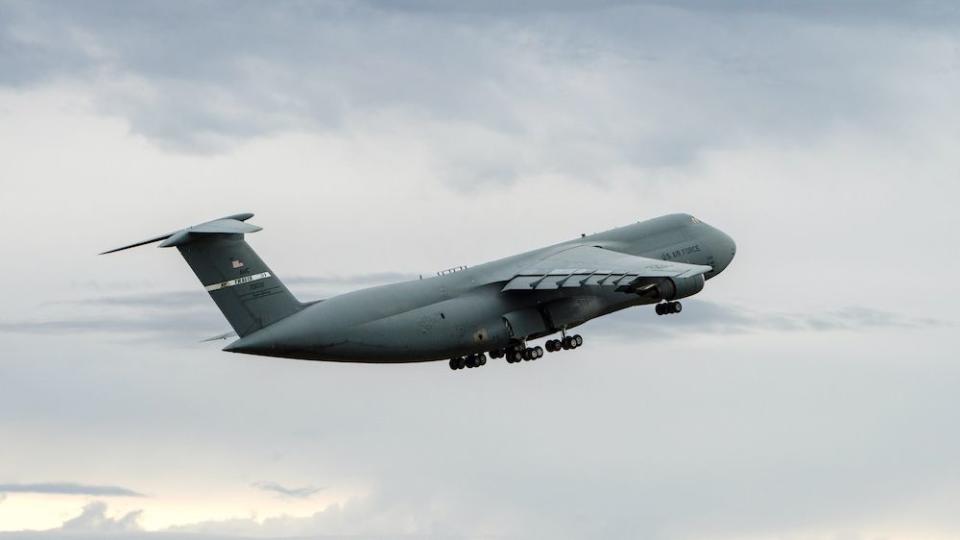
Other planes fared poorly, too. The B-1B Lancer sank from 47.5 to 40.7 percent, meaning of the 62 aircraft in service ,only about 25 were ready at any given time. The C-5M Super Galaxy sank from 68.1 to 57.5 percent. Even the relatively new P-8 Poseidon maritime patrol aircraft, based on the highly successful Boeing 737 jetliner, was only available 67 percent of the time.
In 2015, only one aircraft—the more than 50-year-old KC-135 Stratotanker—had readiness rates north of 75 percent. By 2021, none of the aircraft tracked by the GAO had readiness rates of 75 percent, with the KC-135 fleet sinking to 71.1 percent, but still the highest rate overall.
No aircraft tracked by the GAO improved its mission-capable rate between 2015 and 2021.
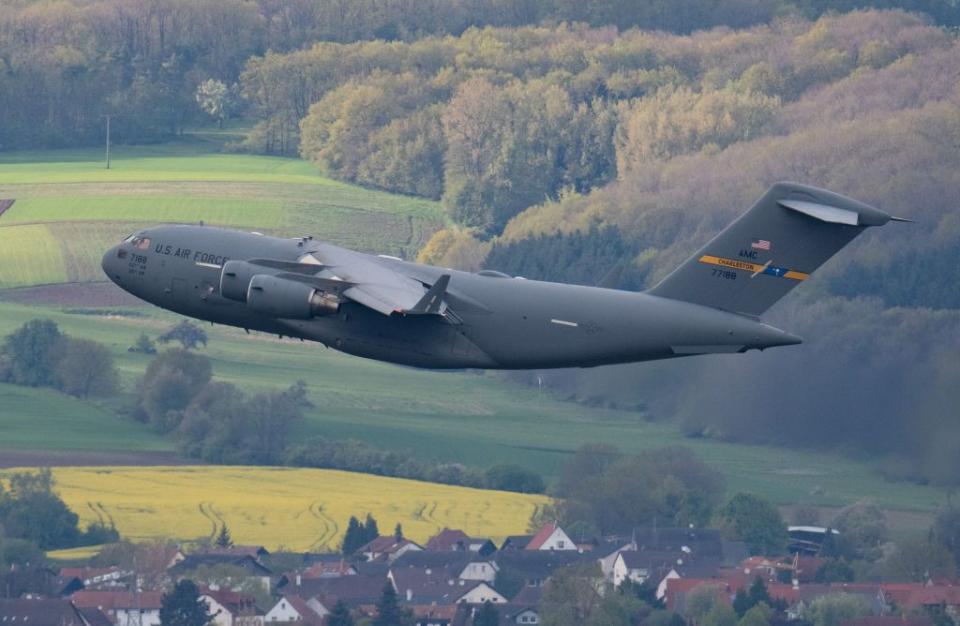
The GAO did not audit the mission-capable rates of all the Pentagon’s airplanes. The F-16 Fighting Falcon fighter, F-35A Joint Strike Fighter, and the C-17 Globemaster III transport are the backbone of the fighter and transport communities, but were not audited. The GAO instead listed how often in between 2012 and 2021 an aircraft fleet reached its mission-capable goal. The F-16 reached its goal zero of nine years, the F-35A met its goal just two out of eight years, and the C-17 zero out of nine years.
The poor mission-capable ratings are a product of several factors. In 2021, Air Force Magazine reported the average age of an Air Force aircraft at 30.55 years, with the B-1B and C-5Ms an average of 33 years old. Like older cars, trucks, and any other form of transportation, older aircraft are more difficult and expensive to maintain. Often fleets of older jets experience a shortage of parts, with stockpiles running low or even running out. Contractors (and subcontractors) may no longer make the parts, or may even be out of business.
Other factors include a lack of maintainers to keep aircraft up-and-running, and less room in the budget for maintenance. Sometimes a plane’s technological complexity works against it in peacetime, with the stealth coating applied to the F-22’s exterior notoriously difficult to maintain under operational conditions. Some fleets have experienced higher-than-average operational tempos: the F/A-18E/F, for example, has flown more than expected due to a need to use some Super Hornets as aerial refueling tankers.
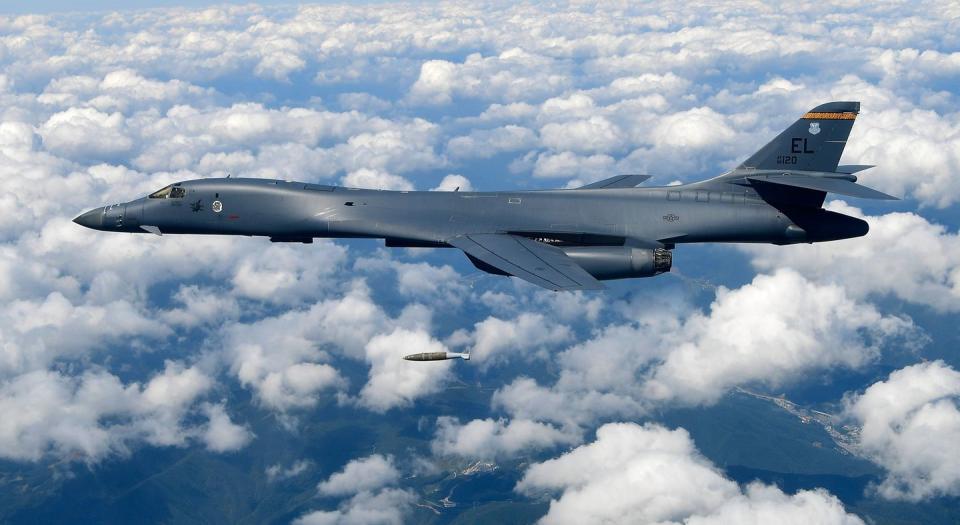
The services are taking some corrective action. The Air Force secured permission in 2021 to retire 17 out of 62 B-1B bombers, planning to cannibalize them to keep the remaining 45 flying. The Navy is purchasing the MQ-25 Stingray uncrewed aerial refueling tanker to take the pressure off the Super Hornet fleet. Regardless, the trend for all six types of planes covered by the report is reduced availability, and no plane type ended up better off in 2021 than it started in 2015.
The GAO says the Department of Defense “generally concurred” with its recommendations to “prioritize and complete required sustainment reviews” faster in order to develop plans to fix the availability shortfalls. “The Navy,” the GAO states, “did not agree to complete sustainment reviews in a timelier manner, citing resource limitations.” Just to be clear, the Navy’s budget in 2021 was $161 billion, and yet it claimed it did not have enough resources to figure out the depth of the problems that are grounding half of its fighter jets.
The Navy and Air Force are working out new operating concepts to fight China in a future conflict, one that will require flying and fighting over the endless expanse of the Pacific Ocean. If the conflict happened today, there would be far fewer aircraft ready to fight than one might suspect. America has a numerical and technological advantage over China in bombers and fighters, but is throwing away the numerical advantage with a crumbling aircraft fleet.
You Might Also Like
